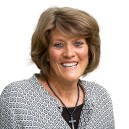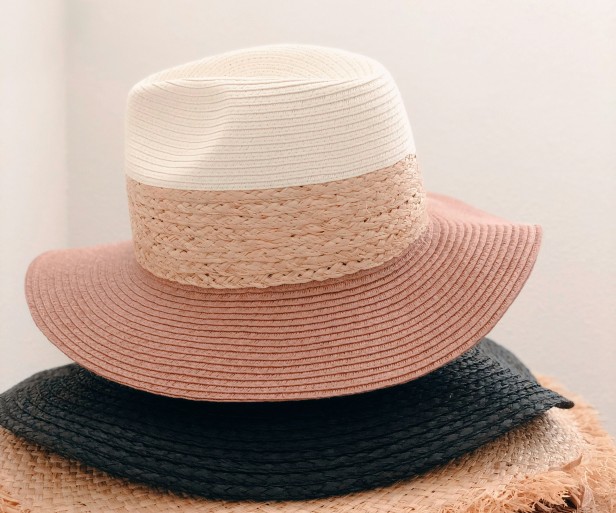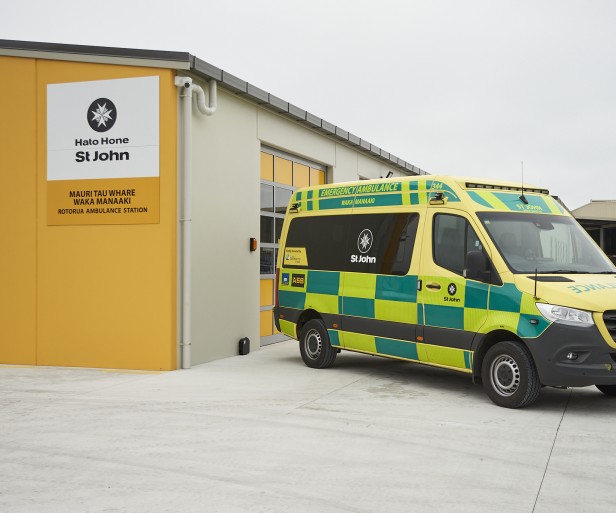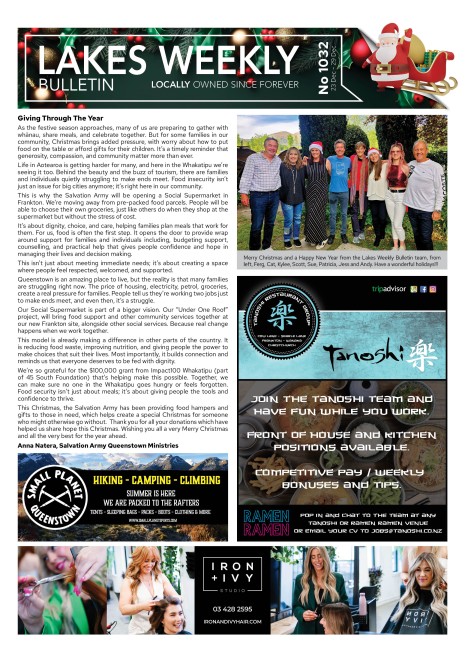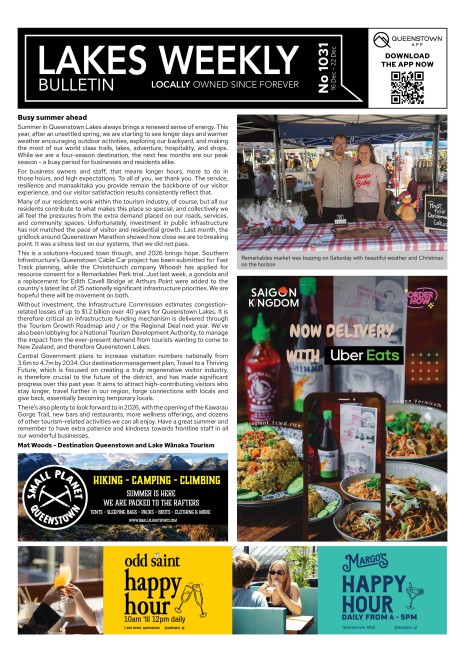Calls for Lake Wakatipu microplastics research
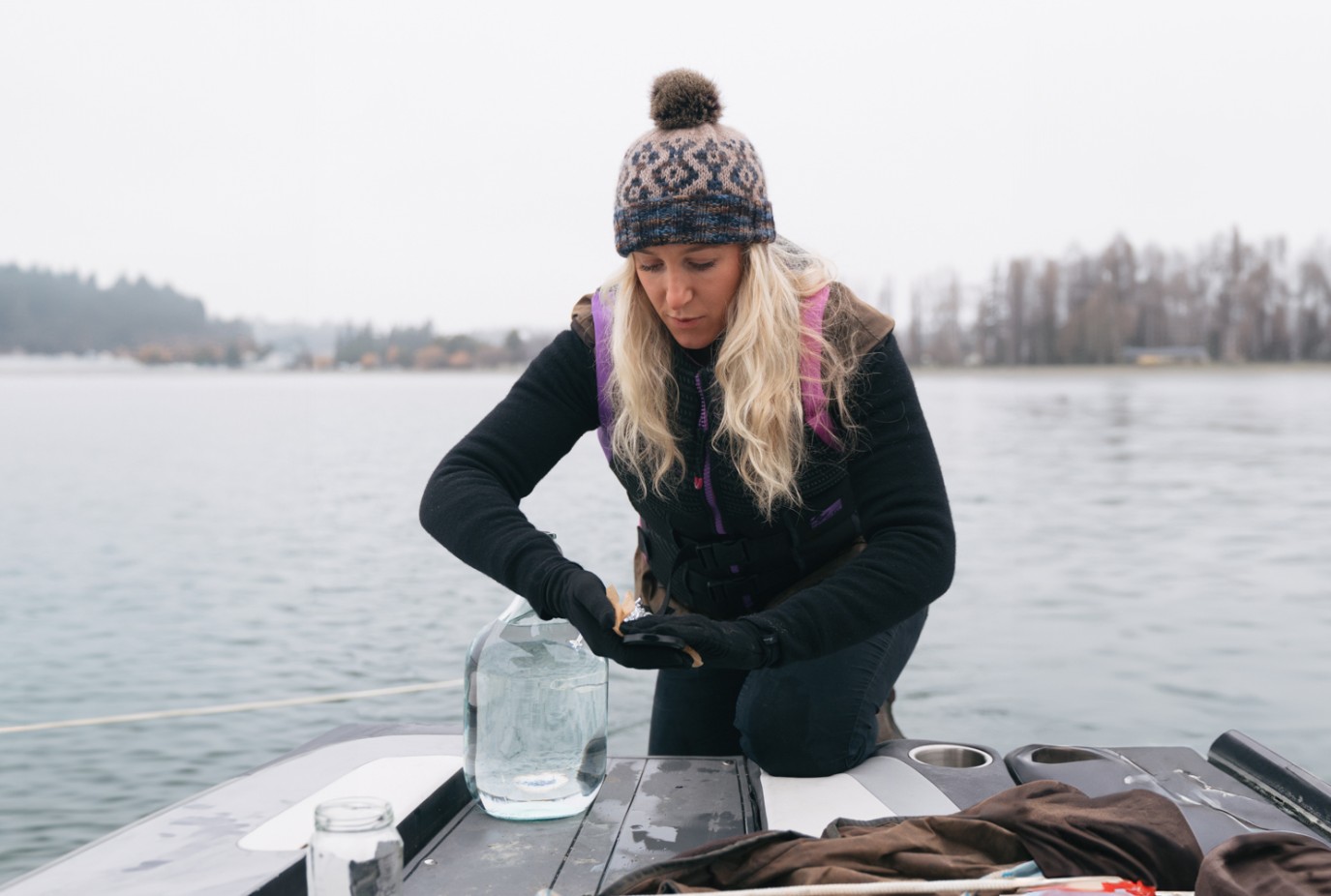
There are calls to extend the Lake Wānaka microplastics research project to include Lakes Wakatipu and Hawea using the model developed by Wānaka-based microplastics researcher Veronica Rotman.
Raised in Queenstown, Rotman, an Auckland University marine scientist, recently began what will be an in-depth study into the effects of microplastics in Lake Wānaka, with a view to tracing the microplastics to their source. She’ll publish her findingsas part of her PhD – ‘Ki uta ki tai’ (Mountains To Sea): Plastics in Southern Aotearoa. “There aren’t many existing freshwater studies in Aotearoa, and rivers are a primary source of microplastics entering the ocean,” says Rotman.
As part of her PhD, she’s also hoping to test snow samples from surrounding mountains, to ascertain the extent of microfibres and plastic pollution entering the ecosystem from outdoor adventure activities, like skiing and climbing, as well as atmospheric fall-out. “It could literally be raining microplastics without knowing it.”
While her initial research is focused on Lake Wānaka, Rotman says she’d be interested to learn the extent of microplastics in Lake Wakatipu and Lake Hawea.
Lake Wakatipu is the lake I grew up swimming in - the heart of Tāhuna,” she says.
Testing Lake Wakatipu will be easier as a result of her Wānaka research.
Alongside the published work, Rotman is creating a sampling methodology suitable for citizen science (community led monitoring) which the Wakatipu and Hawea communities can follow. Communities will be able to access her methodology via the WAI Wānaka platform to undertake their own research, creating a depositary of data to measure microplastics levels over time, and share any mitigation techniques.
“The key is to determine the sources of microplastics, what types of items they’re coming from so we can locate and plug the sources,” says Rotman.
Where the Kawarau connects to Queenstown is also important as it feeds into the Clutha. “I’m interested to know how much plastic is entering the system and making its way into the ocean, where it could affect kaimoana and marine life, as well as fish in the lakes,” she says.
“It’s our responsibility as guardians of these precious lakes to ensure the water heading out to the ocean – the mauri (life force) leaving our territory, hasn’t been altered by pollution.”
She’s hoping that, through WAI Wanaka’s instigation, local communities can follow, using citizen science to come up with innovative regional solutions.
“It’s exciting as this is a preventable issue. If we work together on community solutions we can make big inroads. We want to turn off the tap, stopping these tiny pollutants from reaching our oceans.”
Rotman is collaborating with Otago University’s Chemistry Department where an objective chemical analysis will be performed on samples, identifying the types of plastics and their sources.
Wānaka’s Victoria Sheridan, a passionate environmental filmmaker, will be making a documentary on the project, which WAI Wānaka Education Lead Jose Cranfield says they’re hoping to screen locally. This will explore our connection to our waterways, the value of our water, both frozen and flowing, in this area, says Rotman.
The public interest and community input in her work has already “blown her mind”.
Cranfield says the idea arose after seeing the amount of fragmented plastics washed up on Lake Wānaka foreshore during a Mount Aspiring College clean-up mission.
“It feels like a really great time to explore this.”
WAI Wānaka is keen to see similar research carried out on Lake Wakatipu. “We’d potentially head over in future, depending on capacity and securing an interested project partner,” she says.
Queenstown-based ORC Councillor Alexa Forbes would support a citizen science research project on Lake Wakatipu. “Hopefully this will raise people’s awareness about the use of plastics, if they see what it’s doing and how it’s breaking down and ending up in our waterways,” she says. “I’d love to see them pick it up here and certainly in projects like these I think the ORC would support with any knowledge it could.”
“Lakes Hawea, Wānaka and Wakatipu are incredibly special on the world stage as beautiful deep alpine lakes and they’re relatively clean, compared with a lot of places in the world,” she says.
The ORC’s Deep Lakes Working Group will produce a strategy to look after, protect and restore the lakes.
“I personally believe citizen science should be added to this, as it gets people closer to nature and helps research. When they understand the vulnerability of our waterways they’ll be far more careful about discarding resources and use of pollutants.”
Funding for the Lake Wānaka research has come from Wai Wanaka, The Otago Participatory Science Platform, Auckland University, Curious Minds, Ten Square Games and PlanetPlay. Otago University’s Marine Research department is offering its labs for analysis.

